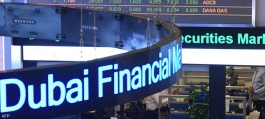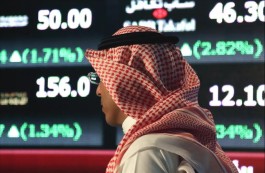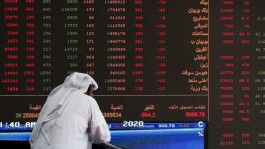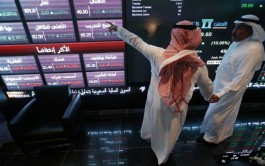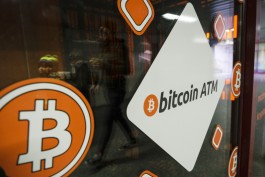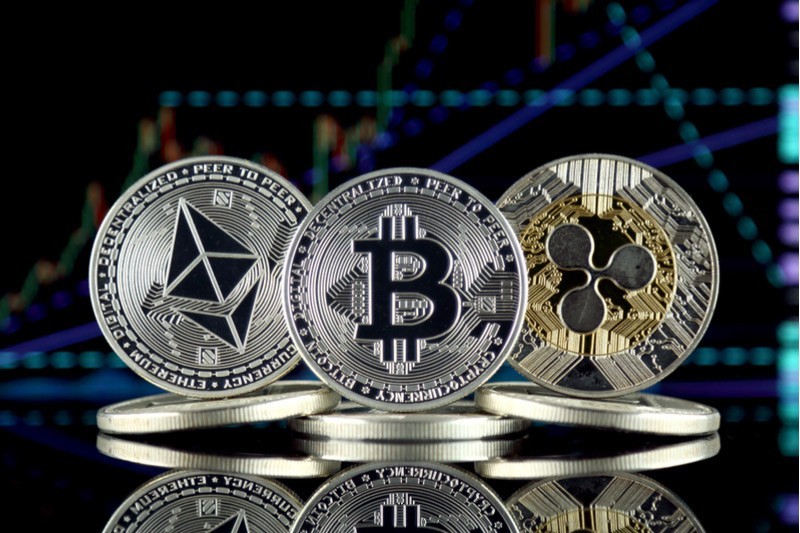A sharp downturn is gripping the cryptocurrency market, which has lost more than $1.3 trillion in value since its peak last month, marking a decline of nearly 30 percent in just six weeks. Bitcoin alone has suffered losses of approximately $749 billion since October 7, wiping out all its gains since the beginning of the year and heading for its worst monthly performance in three years during November.
These deep losses have triggered an unprecedented outflow of $3.5 billion from Bitcoin exchange-traded funds since the beginning of the month, reflecting a sharp decline in risk appetite and growing anxiety among both institutional and individual investors.
Experts attribute this decline to a complex set of factors, most notably profit-taking after Bitcoin reached $124,000, the sudden rise of the US dollar, hints from the Federal Reserve about the possibility of halting interest rate cuts, and growing fears of an AI bubble bursting after the sector's stocks reached historic highs.
Official entry into the bear market
Nadim Al-Sabaa, CEO of First Financial Markets, offered a direct analysis of the situation in his interview with the Business with Lubna program, asserting that the market has officially entered a downward phase. Al-Sabaa believes that a 30% decline cannot be described as a minor correction or limited drop, but rather as the beginning of a deep downward trajectory.
Al-Sabaa says: Things are not over yet… We have been in a bear market for a short time, and there is still more to come.
He emphasizes that the current decline is affecting major cryptocurrencies, particularly Bitcoin and Ethereum, and sees no signs of the downward spiral stopping in the near future. He also asserts that investors who failed to secure their portfolios early have fallen far behind, and that dealing with a decline of this magnitude fundamentally requires a well-structured portfolio plan.
Portfolio risk management and optimal exposure level
Al-Sabaa presents a clear vision for risk management, stating that investor protection begins before entering the market by limiting exposure to digital assets to no more than 10% to 12.5% of the total portfolio. He points out that any exposure higher than this exposes the investor to severe losses during downturns, potentially leading to financial collapse or bankruptcy.
He adds: When the price drops by 30%, it is too late to protect the investor… Protection should be taken before the drop, not after.
Al-Saba’a emphasizes that maintaining a risk ceiling allows the investor to limit sharp losses, and also allows him to use an accumulation buying strategy to reposition only if prices fall to attractive levels.
Holidays, liquidity, and future expectations
Al-Sabaa says that the end of November and the beginning of December, with their holiday season and reduced liquidity, further complicate the situation. He believes the period leading up to 2025 will be very difficult, and he doesn't foresee 2026 as a positive year for the cryptocurrency market. Instead, he anticipates it will be a poor year due to the withdrawal of major institutions rather than taking advantage of the market downturn to position themselves as they usually do in indices like the Nasdaq or S&P 500.
Al-Saba’a believes that the exit of institutions the size of BlackRock reflects a deep state of uncertainty, and that some companies with high exposure to digital currencies are now being questioned on stock exchanges about the possibility of continuing to be listed, in order to avoid the impact of their price declines on the market as a whole.
Al-Saba estimates the likelihood of Bitcoin returning to levels of $45,000, and indicates that he personally will not reposition himself before the price reaches the $38,000-$40,000 area, considering that current prices are still relatively high.
Gold… an upward trajectory fraught with risks
On the other hand, the report discusses gold's movements, confirming its upward trajectory, but cautioning against a repeat of the sharp decline that affected Bitcoin. Overly optimistic expectations of gold reaching $5,000, $5,500, and $6,000 could prompt individual investors to inject significant liquidity, potentially leading to a severe correction that would allow institutions to buy back in at the $3,400–$3,500 level.
At the same time, Al-Sabaa examines the risks facing technology stocks, warning that any negative outcome for major companies like Nvidia could constitute a major turning point in the market, given the significant weight these companies carry on US indices.
Interest rate decision and the role of the dollar
Al-Sabaa believes the impact of the expected interest rate cut in December will be limited on Bitcoin, as markets have already priced in a reduction of around 25 basis points. He points out that the Fed's current rate-cut policy is linked to political pressure between the Fed and the US administration, and that the cryptocurrency market has undergone an internal correction independent of dollar movements or interest rates.
He adds that a 2 or 3 percent rise in the dollar does not justify a 30 percent drop in Bitcoin, stressing that the price inflation in digital currencies came largely as a result of the direct intervention and promotion by US President Donald Trump, which then sharply reversed in the recent decline, costing his family nearly a billion dollars.
The relationship of digital currencies to traditional markets
Al-Sabaa rejects the idea of a permanent link between digital currencies and gold or US stocks, stressing that the relationship between financial assets is volatile and unstable, and that markets may move in the same direction or in opposite directions without a single rule governing them.
He points out that the huge amount of liquidity that flowed from the US market into digital currencies was the main driver of their recent rise, and that US financial markets cannot be closely linked to an asset that falls by 30% in a short period.
Robert Kiyosaki… Questions about timing and motives for selling
Al-Saba concludes his analysis by focusing on the statements of investor Robert Kiyosaki, who previously predicted Bitcoin would reach half a million dollars, only to sell it after it plummeted 30%. Al-Saba argues that such behavior raises questions about whether Kiyosaki owns trading platforms or is profiting from large short positions, suggesting that his selling after the decline makes him complicit in the error made against the investors who followed his predictions.






